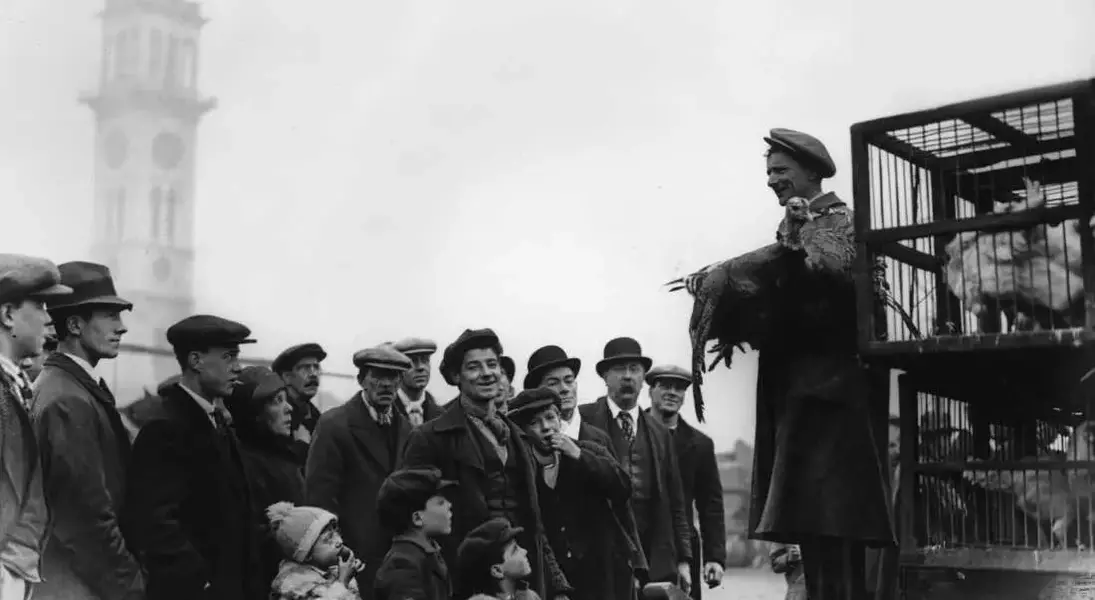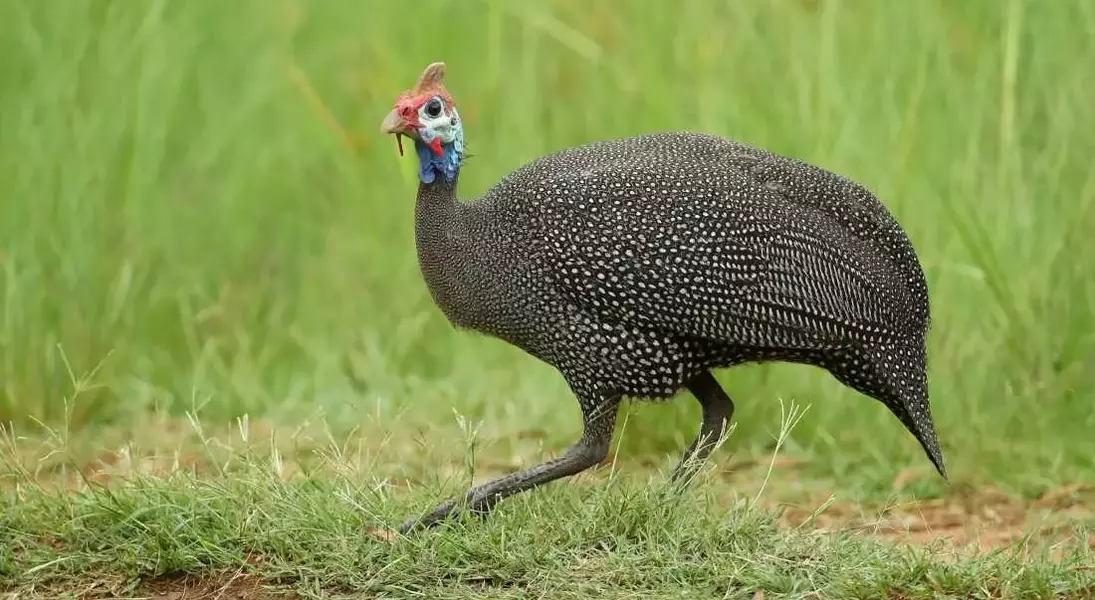



The humble turkey, a culinary cornerstone of Thanksgiving, boasts a surprisingly intricate narrative that spans continents and centuries. Originating in pre-Columbian America, this feathered creature embarked on a journey across the Atlantic, gaining traction in European dining and culture, before ultimately returning to North America as a festive symbol. This exploration delves into the puzzling origins of its name and its lasting impact on our language, revealing how this bird became intertwined with our feasts and our expressions.
In the realm of the English language, the term "turkey" often carries an unexpected weight, frequently associated with negative or unfavorable contexts. To "talk turkey" implies a demand for unvarnished truth, while "going cold turkey" signifies an abrupt and arduous cessation of a habit. Referring to someone or something as a "turkey" can be a harsh critique, pointing to failure or an unappealing disposition. These linguistic quirks highlight a peculiar contrast with the bird's prominent role in celebratory meals.
Despite its somewhat disparaged linguistic standing, the turkey holds immense significance in the culinary world, particularly as November arrives. Projections indicate that Americans will consume approximately 30 million turkeys on Thanksgiving Day alone. This enduring tradition underscores the bird's status as a holiday staple, a role it has maintained since its initial introduction to Europe by early colonists. However, the precise historical trajectory of the turkey, especially regarding its nomenclature, remains somewhat obscure to historians and linguists.
Anatoly Liberman, a distinguished linguist from the University of Minnesota, Twin Cities, points out the considerable bewilderment surrounding the name "turkey." The species we recognize as the Thanksgiving turkey, Meleagris gallopavo, was first domesticated in the Americas centuries before European arrival, thriving in regions now known as Mexico and the American Southwest. The exact identity of its first domesticators and the timeline remain somewhat vague due to incomplete historical records. Similarly, determining which European explorers were first to transport these birds back to their home continent is challenging.
By the 1520s, these American birds were being cultivated in Spain, gracing the tables of the aristocracy. Over time, their farming spread across Europe. According to lexicographer Erin McKean, the American bird became entangled in a case of mistaken identity. Europeans already had a fowl known as "turkey," which was the African guinea fowl. The striking resemblance between these two game birds, especially when prepared for consumption, led to the American bird adopting the same name.
The American turkey quickly surpassed the guinea fowl in popularity, appearing in historical accounts such as the sumptuary laws of 1550s Venice, which dictated who could partake in such luxuries. The precise reason why the term "turkey" was applied to guinea fowls in the first place is also not definitively known. Andrew F. Smith suggests that Europeans frequently affixed "turkey" to novel and exotic items, like "turkey corn" from the Americas. McKean posits that the name might stem from the guinea fowl's trade route through the Turkish region into Europe, although she concedes that this origin is not a settled matter. Liberman dismisses any actual connection between the bird and the country of Turkey, suggesting that Europeans, unaware of the bird's true origins, assigned various foreign names to it.
Over ensuing decades, the English developed a particular fondness for turkeys, integrating them into significant celebrations such as Christmas. When English colonists established settlements like Jamestown in the early 17th century, they brought their cherished domesticated turkeys with them. This set the stage for the bird's enduring legacy in North America. Over two centuries, colonial harvest festivals and military triumph celebrations evolved into established traditions. By 1863, when President Abraham Lincoln officially designated Thanksgiving as a national holiday, turkeys were an indispensable feature of these festive meals.
Since then, the turkey has firmly maintained its place on Thanksgiving tables and within our everyday language, though the meanings of related idioms have continued to evolve. For instance, "cold turkey," originally referring to something done quickly without preparation, due to the minimal effort needed to serve cold turkey meat, now primarily denotes quitting an addiction abruptly. Similarly, "talking turkey" transformed from meaning agreeable conversation in the 19th century to frankly discussing serious matters in the 20th century. The derogatory use of "turkey" to describe a failure or an unlikable person originated in theatrical slang during the late 1800s, labeling poor performers as "turkey actors." McKean theorizes that this negative connotation stems from the bird's perceived ugliness and its somewhat ostentatious gait, lacking the beautiful plumage of a peacock.
